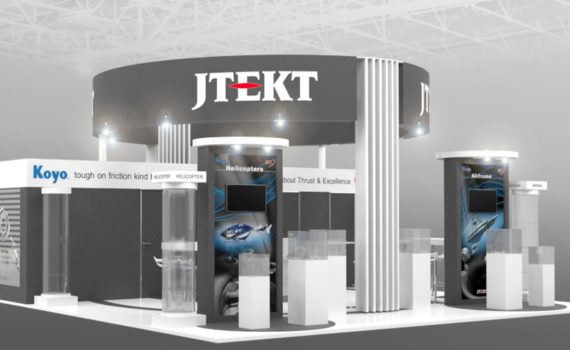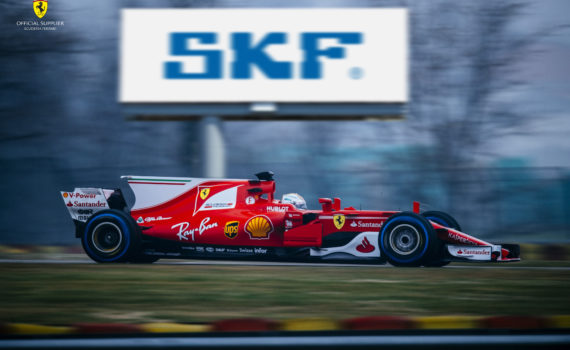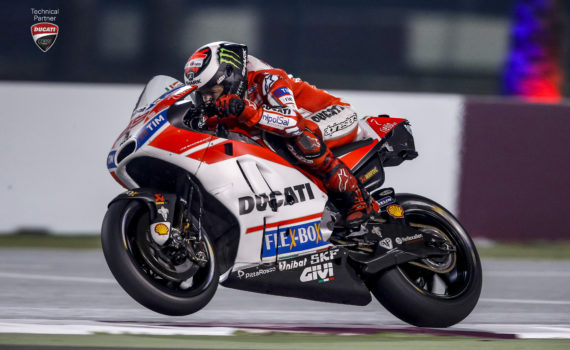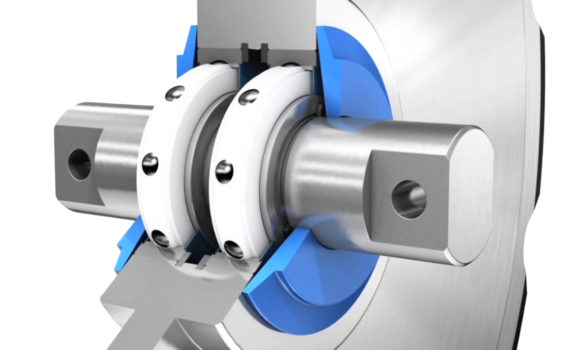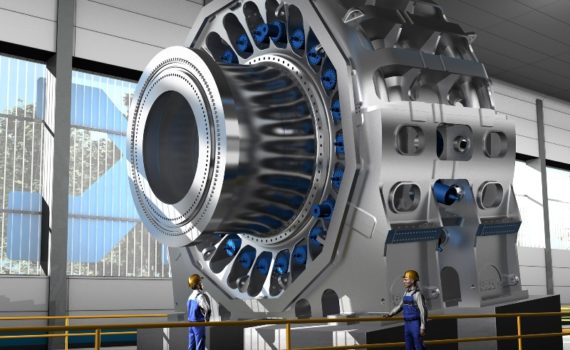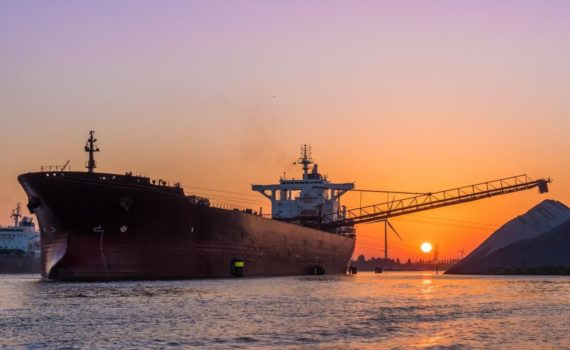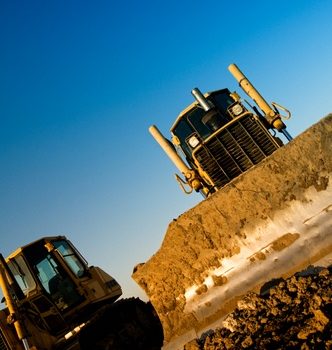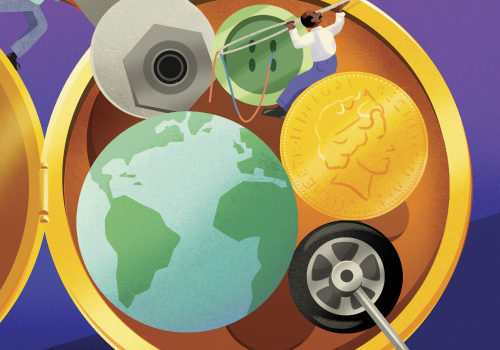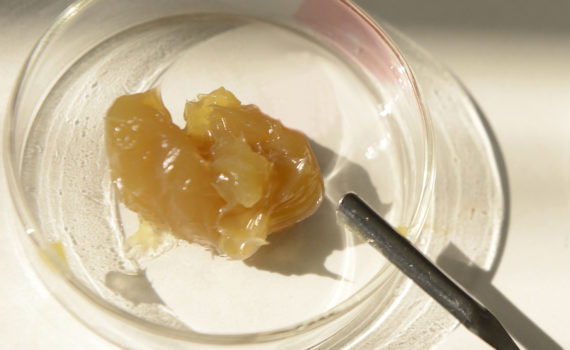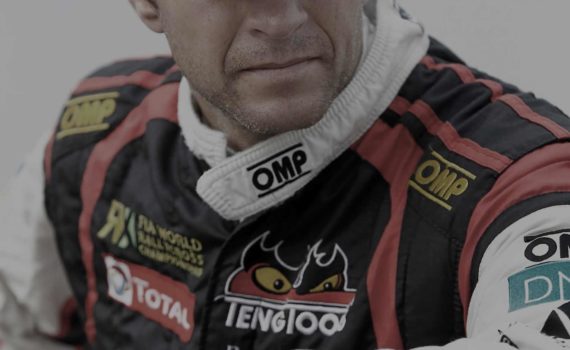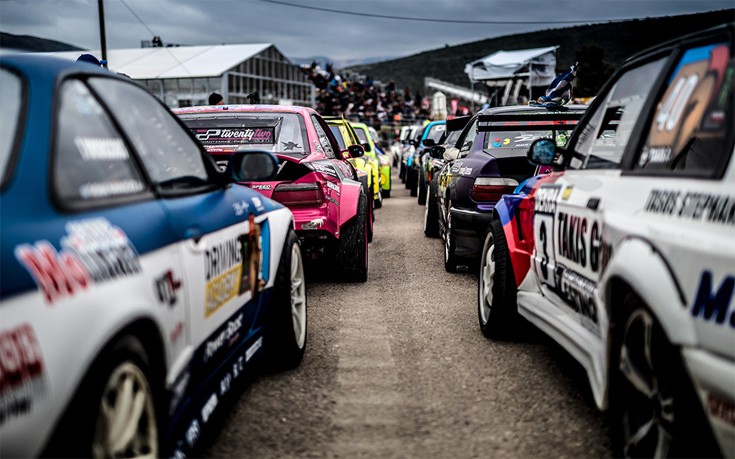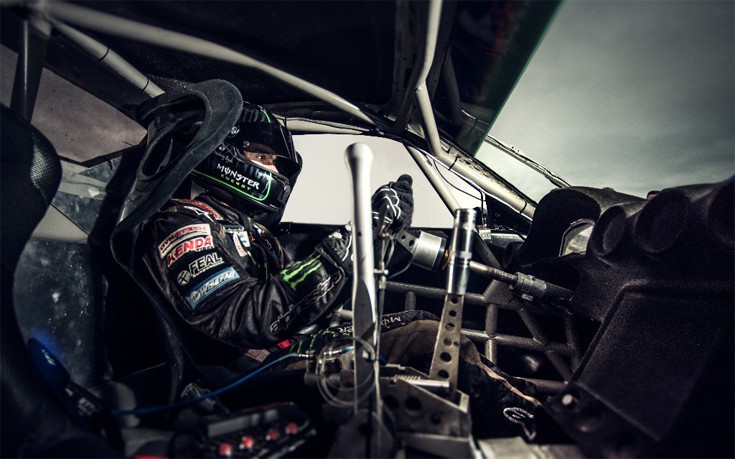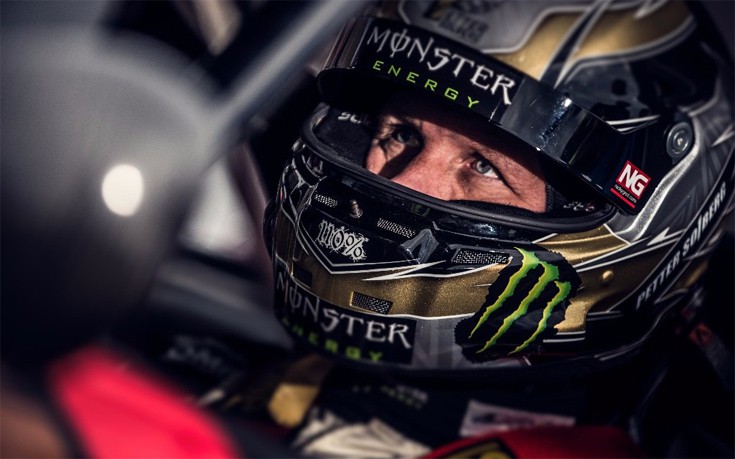Η έμφαση στη διασφάλιση της υγιεινής κατά το σχεδιασμό των εξοπλισμών μπορεί να διαδραματίζει σημαντικό ρόλο στον έλεγχο της ασφάλειας των τροφίμων που παρασκευάζονται. Ωστόσο, η εφαρμογή αυτής της προσέγγισης υπό την ευρεία της έννοια, χωρίς να δίνεται ειδικά έμφαση στη διασφάλιση της υγιεινής κατά το σχεδιασμό των εξαρτημάτων του συστήματος, μπορεί ενδεχομένως να ενέχει τον κίνδυνο της εξάπλωσης βακτηριδίων που είναι “παγιδευμένα” μέσα στα ρουλεμάν, υποστηρίζει ο Davide Zanghi, ο άνθρωπος που είναι υπεύθυνος για το σχεδιασμό βάσει υγιεινής της SKF.
Ο σχεδιασμός βάσει υγιεινής λαμβάνει υπόψη ειδικά το πώς συγκεκριμένα προβλήματα, όπως η διάβρωση, η διαρροή λιπαντικών, ο καθαρισμός και το στέγνωμα, θα μπορούσαν να επιφέρουν ανεπιθύμητες επιδράσεις στην ασφάλεια των τροφίμων. Περιλαμβάνει δε σχεδιαστικές αρχές για την επίλυση του προβλήματος. Στην ουσία, πρόκειται για τη σχεδιαστική φιλοσοφία που εφαρμόζεται μέσω ειδικών και συγκεκριμένων κανόνων. Όπως ακριβώς ο εργονομικός σχεδιασμός δίνει προσοχή στις φυσικές ανάγκες των χρηστών των προϊόντων, έτσι και ο σχεδιασμός βάσει υγιεινής εστιάζει συγκεκριμένα στην πρόληψη των προβλημάτων που σχετίζονται με τη μόλυνση των τροφίμων.
Ο όμιλος European Hygienic Engineering and Design Group (EHEDG) εστιάζει στην προαγωγή της ασφάλειας των τροφίμων, βελτιώνοντας τις τυπικές διαδικασίες μηχανικής και σχεδιασμού βάσει υγιεινής, ενώ περιλαμβάνει ως μέλη κατασκευαστές εξοπλισμών, εταιρείες τροφίμων και ερευνητικά ινστιτούτα. Το Νοέμβριο του 2016, διεξήχθη στη Δανία το διεθνές Παγκόσμιο Συνέδριό του. Με την ευκαιρία αυτή, η SKF, μέλος του Ομίλου EHEDG από το 2006, επεσήμανε τη μακρά ηγετική της θέση στον τομέα της αξιοποίησης αυτών των σχεδιαστικών αρχών.
Σχεδιαστικές αρχές: μια γρήγορη ματιά στα μέρη των ρουλεμάν
Σε γενικές γραμμές, οι κατευθυντήριες γραμμές της EHEDG αντιμετωπίζουν τα ρουλεμάν ως ένα εύκολο σημείο παγίδευσης σωματιδίων τροφών και νερού και, επομένως, θεωρούνται δυνητικά μέρη ανάπτυξης ύπουλων βακτηριδίων. Η συμβουλή είναι η εξής: κρατήστε τα ρουλεμάν μακριά από τις περιοχές που έρχονται σε επαφή με προϊόντα τροφίμων.
Αυτό είναι και το πνεύμα των πρόσφατων κατευθυντήριων γραμμών σχετικά με το σχεδιασμό βάσει υγιεινής των ιμάντων μεταφοράς της βιομηχανίας των τροφίμων, όπου ο EHEDG αντιμετωπίζει δύο από τις βασικές προκλήσεις της ασφάλειας στην παραγωγή των τροφίμων: πώς μπορεί να αποφευχθεί η μόλυνση των τροφίμων μέσω εξοπλισμού επεξεργασίας ακατάλληλης σχεδίασης και πώς μπορεί να βελτιωθεί η ασφάλεια των τροφίμων, χωρίς την αύξηση του κόστους για τον καθαρισμό και τη διασφάλιση της υγιεινής στην παραγωγή. Ακόμα και αν δοθεί πολλή προσοχή στο σχεδιασμό των συστημάτων και των βασικών εξαρτημάτων, όπως είναι οι ιμάντες, τα ρουλεμάν και οι μονάδες ρουλεμάν έχουν διαρκώς χαμηλό προφίλ στο γενικότερο πλαίσιο της συνολικής σχεδίασης των συστημάτων υγιεινής.
Ωστόσο, ακόμα και αν δεν είναι σε άμεση επαφή με τη ζώνη των τροφίμων, τα ρουλεμάν βρίσκονται συχνά κοντά στα προϊόντα τροφίμων και, σε συνδυασμό με το νερό υψηλής πίεσης ή τις τακτικές στεγνού καθαρισμού, ενέχουν τον κίνδυνο της μεταφοράς των βακτηριδίων μέσω του αέρα, αν υπάρχουν, και της πιθανής μόλυνσης των προϊόντων τροφίμων.
Προκειμένου να ελαχιστοποιηθεί ο κίνδυνος της μόλυνσης, βασικός παράγοντας είναι ο σχεδιασμός ρουλεμάν βάσει σχεδιαστικών αρχών που λαμβάνουν υπόψη τους τη διασφάλιση της υγιεινής. Μια από τις σημαντικότερες αρχές στο σχεδιασμό βάσει υγιεινής είναι η δυνατότητα αποτελεσματικού καθαρισμού. Ενδεχομένως, αυτή η αρχή να γίνεται εύκολα κατανοητή, αλλά συχνά είναι δύσκολο να διασφαλιστεί στην πράξη, ειδικά για τα ρουλεμάν και τις μονάδες ρουλεμάν. Γι’ αρχή, τα προϊόντα πρέπει να κατασκευάζονται από μη διαβρωτικά μη πορώδη υλικά, όπως ανοξείδωτο ατσάλι ή συνθετικά υλικά και να έχουν σχήματα τα οποία καθαρίζονται εύκολα και επιτρέπουν το φυσικό στέγνωμά τους. Οι μονάδες ρουλεμάν πρέπει να έχουν γεμισμένες βάσεις, χωρίς κοιλότητες όπου μπορούν να αναπτυχθούν γρηγορότερα τα μικρόβια.
Σε γενικές γραμμές, τα υλικά που χρησιμοποιούνται, όπως ελαστομερή και συνθετικά και τα γράσα πρέπει να συμμορφώνονται με τις οδηγίες και τους κανονισμούς περί ασφάλειας των τροφίμων. Σε όλες τις περιπτώσεις, πρέπει να αποτρέπεται το ενδεχόμενο διαρροής γράσου στα προϊόντα τροφίμων, κατά τη διάρκεια της λειτουργίας.
Ιδανικά, οι μονάδες ρουλεμάν πρέπει να έχουν αποτελεσματικά τελικά καλύμματα, τα οποία να αποτρέπουν τα μολυσματικά στοιχεία και τα καθαριστικά υγρά να εισχωρούν στην κοιλότητα των μονάδων ρουλεμάν και, ταυτόχρονα, να επιτρέπουν τον συχνό οπτικό έλεγχο.
Άλλοι σχετικοί τομείς είναι οι εξής:
• να αποφεύγετε τις μεταλλικές επαφές μεταξύ των εξαρτημάτων των μονάδων και μεταξύ των μονάδων και των προσκείμενων επιφανειών
• να αποφεύγετε την επαναλίπανση όσο το δυνατό περισσότερο
• διασφαλίστε υψηλή διάρκεια ζωής συντήρησης, ανεξάρτητα από τα προγράμματα λειτουργίας και καθαρισμού
Ο σχεδιασμός βάσει υγιεινής έχει εφαρμογή στην παραγωγή τροφίμων και τους μηχανισμούς συσκευασίας, συνολικά. Αντιμετωπίζοντας ειδικά ένα από τα πιο προβληματικά εξαρτήματα, τα ρουλεμάν, μπορείτε να βελτιώσετε συνολικά τη στρατηγική διαχείρισης κινδύνων.
